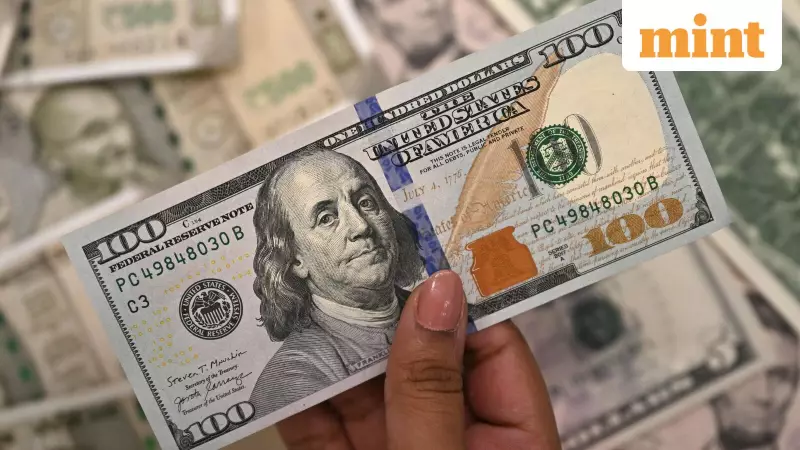
Major technology companies are preparing to borrow hundreds of billions of dollars to fund artificial intelligence infrastructure, prompting lenders and investors to aggressively protect themselves against potential defaults, according to a recent Bloomberg report.
The Surge in Credit Protection
Banks and money managers are increasingly trading in derivatives that provide payouts if individual tech companies, particularly hyperscalers, default on their debt obligations. The cost of credit derivatives on Oracle bonds has doubled since September, indicating growing concern among investors.
Trading volume for credit default swaps (CDS) linked to Oracle surged to approximately $4.2 billion over the six weeks ending November 7, according to Barclays Plc credit strategist Jagar Patel. This represents a massive increase from less than $200 million during the same period last year.
"We're seeing renewed interest from clients in single-name CDS discussions, which had waned in recent years," stated John Servidea, global co-head of investment-grade finance at JPMorgan Chase & Co. "Hyperscalers are highly rated, but they've really grown as borrowers and people have more exposure, so naturally there is more client dialogue on hedging."
Massive AI Bond Offerings Enter Market
JPMorgan strategists estimate that investment-grade companies might issue approximately $1.5 trillion in bonds over the next few years to fund AI expansion. Recent large bond offerings include Meta Platforms Inc.'s $30 billion note sale in late October - the largest corporate bond issuance in the US this year - and Oracle's $18 billion offering in September.
Technology companies, utilities, and other AI-linked borrowers now comprise the largest segment of the investment-grade market, having overtaken banks that previously held the dominant position. Junk bonds and other major debt markets are also expected to experience significant borrowing increases as companies expand their global data center networks.
Banks have emerged among the largest buyers of single-name credit default swaps on technology companies as their exposure to these firms has increased substantially in recent months.
Underlying Risks and Historical Precedents
Despite the current enthusiasm for AI investments, significant risks remain. An MIT report revealed that 95% of organizations see no return on investment from generative AI projects, suggesting money managers and lenders should consider reducing exposure.
The technology sector has historically been characterized by rapid change and disruption. Companies like Digital Equipment Corp., once industry leaders, eventually became obsolete. Bonds that appear safe today could become significantly riskier or even default if data center profits fail to meet current expectations.
While current trading activity in credit derivatives remains modest compared to the anticipated debt volume entering the market, the increasing hedging activity indicates that technology firms are beginning to exert substantial influence over capital markets as they drive artificial intelligence transformation across the global economy.
The current situation echoes pre-financial crisis patterns when the high-grade single-name credit derivatives market experienced higher volumes. However, market participants believe it's unlikely to reach those levels again due to the availability of more hedging tools and increased liquidity in credit markets from electronic bond trading.





